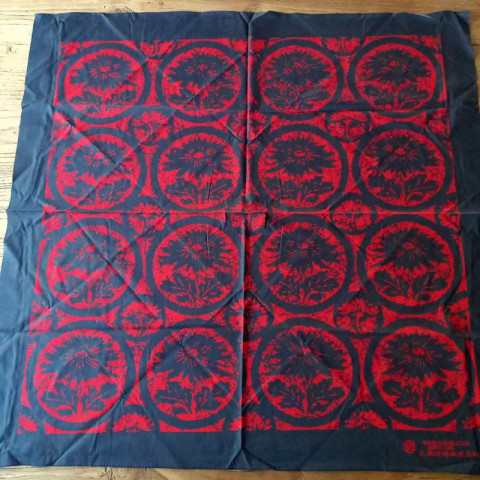
Roketsu zome is a traditional Japanese dyeing technique that uses wax-resist methods to create intricate patterns on fabric. This art form is part of the broader category of wax-resist dyeing, known as batik in Indonesia, but it has unique characteristics and a distinct history in Japan.
"History"
Roketsu zome dates back to the Nara period (710-794 AD) in Japan, though its peak popularity was during the Edo period (1603-1868). The technique was originally used to decorate clothing for the nobility and samurai classes, and it has evolved over centuries to adapt to changing tastes and technological advancements.
"Technique"
The process of Roketsu zome involves several meticulous steps:
Design Creation: The artist begins by sketching a design onto the fabric, often using traditional motifs such as floral patterns, natural scenes, or abstract geometric shapes.
Wax Application: Melted wax is applied to the areas of the fabric that are intended to resist the dye. This can be done using various tools, including brushes and specialized instruments that create different textures and effects.
Dyeing: The fabric is then immersed in a dye bath. The dye colours the unwaxed portions of the fabric, leaving the waxed areas unchanged. This process can be repeated multiple times with different colours to create complex, multi-coloured designs.
Wax Removal: After the dyeing process is complete and the fabric has dried, the wax is removed. This is typically done by placing the fabric between layers of absorbent paper and applying heat, which melts the wax and allows it to be absorbed by the paper.
Finishing: Finally, the fabric is washed to remove any remaining wax residue and to set the colours.
"Characteristics"
Roketsu zome is characterized by its vibrant colours and intricate patterns. The wax-resist technique allows for a high degree of detail and precision, making it possible to create both delicate and bold designs. The textures created by the wax can add a unique dimension to the finished piece, giving it a distinctive aesthetic that is highly valued in traditional Japanese textiles.
"Modern Usage"
While Roketsu zome was historically used primarily for kimono fabric, it has found new applications in contemporary fashion, home decor, and art. Modern artists and designers are exploring the technique to create everything from wall hangings to clothing and accessories, blending traditional methods with modern sensibilities.
"Cultural Significance"
Roketsu zome holds a special place in Japanese culture, representing a fusion of art, craft, and tradition. It is a testament to the skill and creativity of Japanese artisans and continues to be a source of inspiration for artists both within Japan and around the world.
Roketsu zome is a beautiful and complex dyeing technique that showcases the rich textile heritage of Japan. Its detailed process and stunning results make it a cherished art form that continues to evolve while maintaining its traditional roots.
